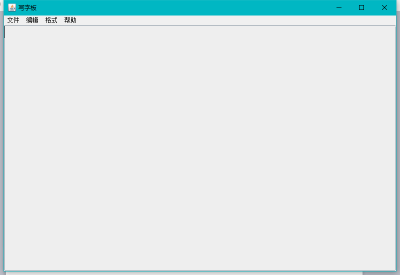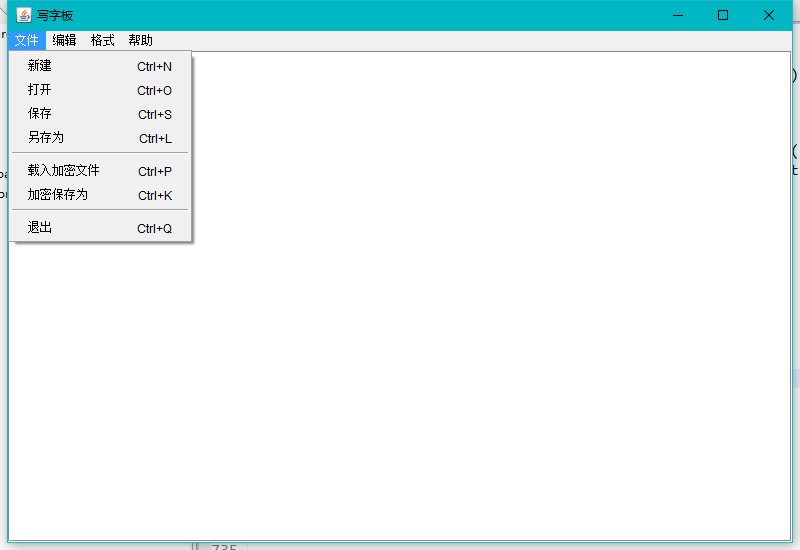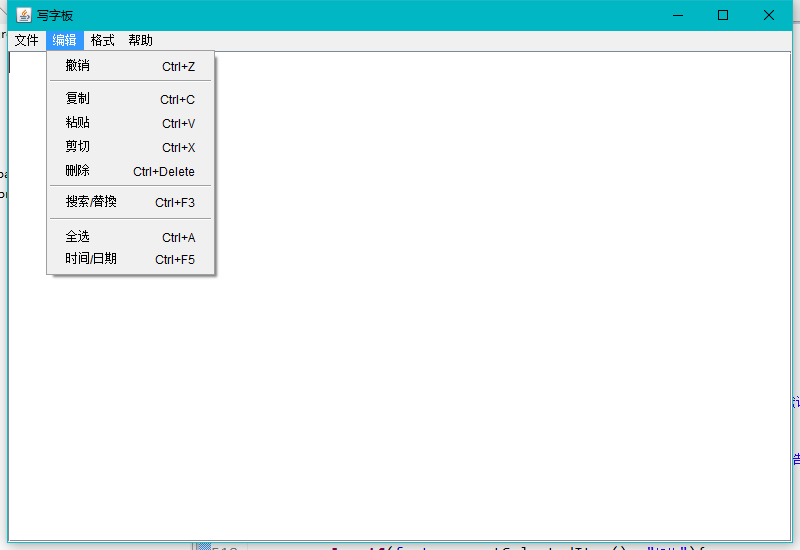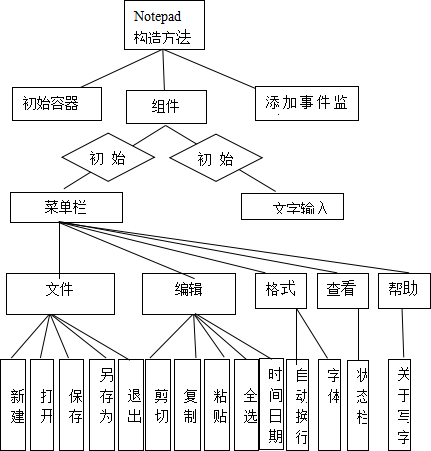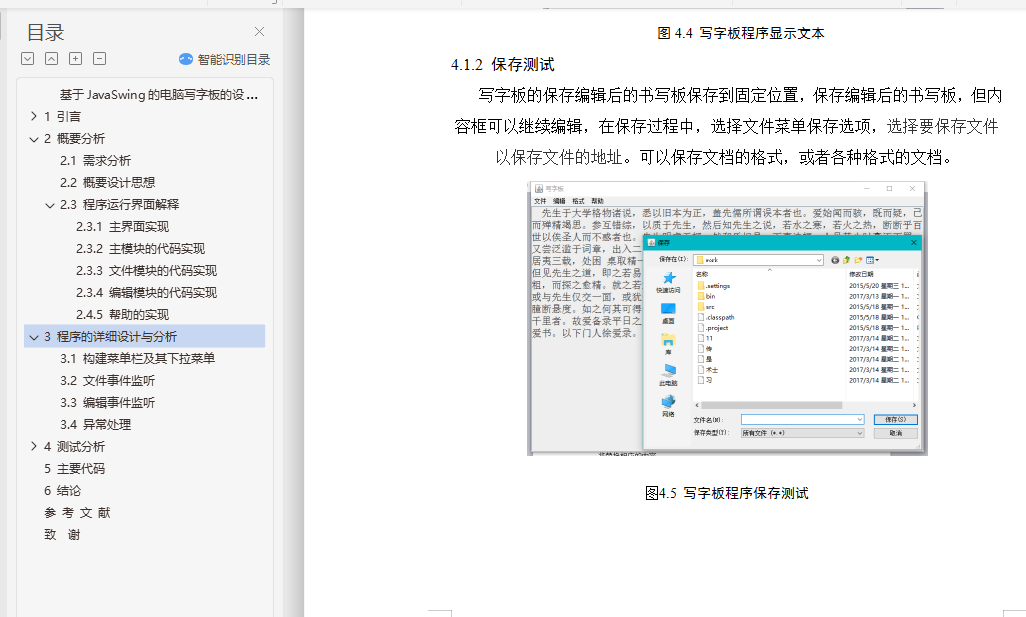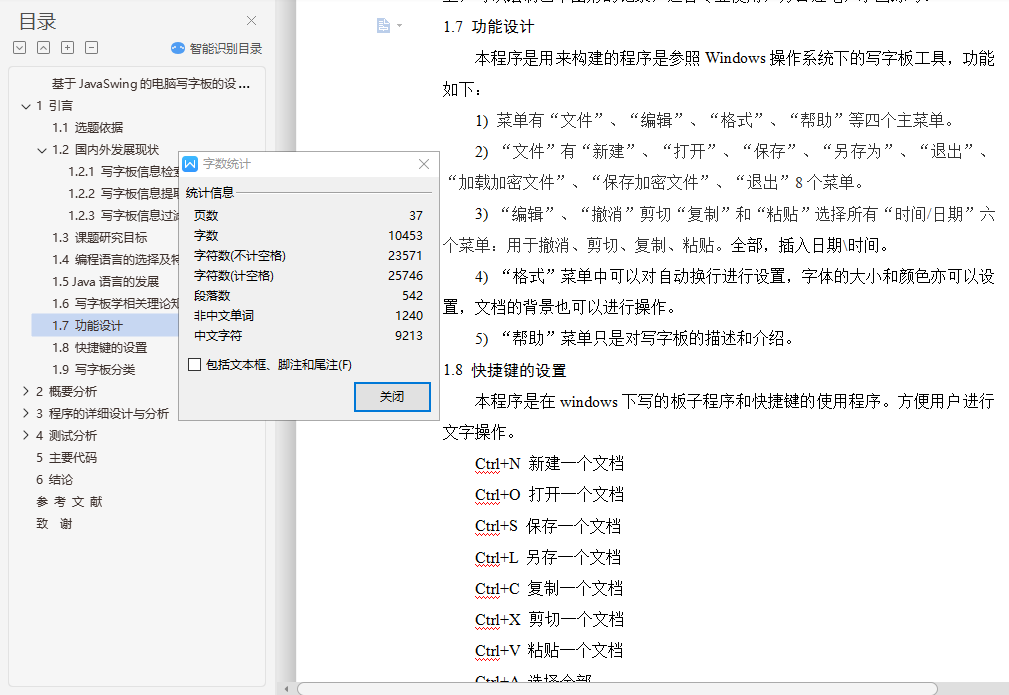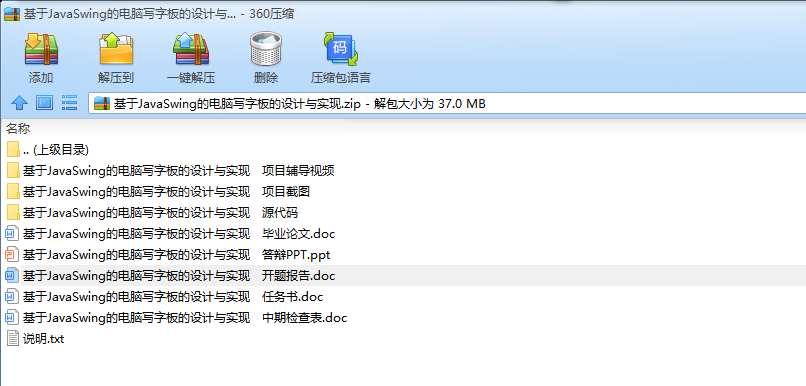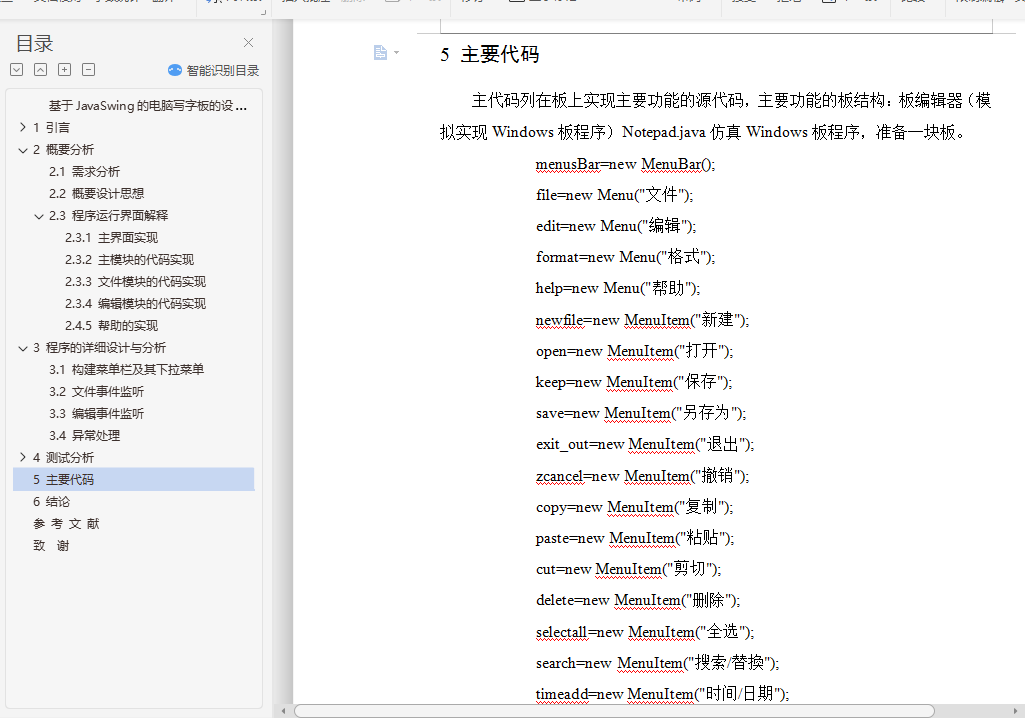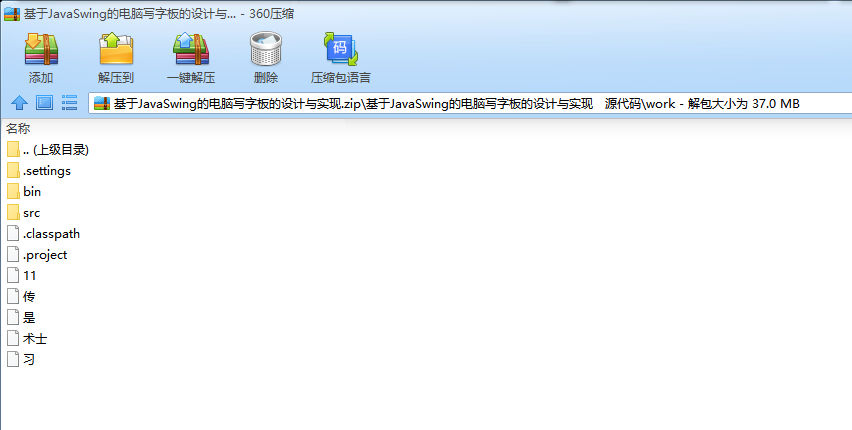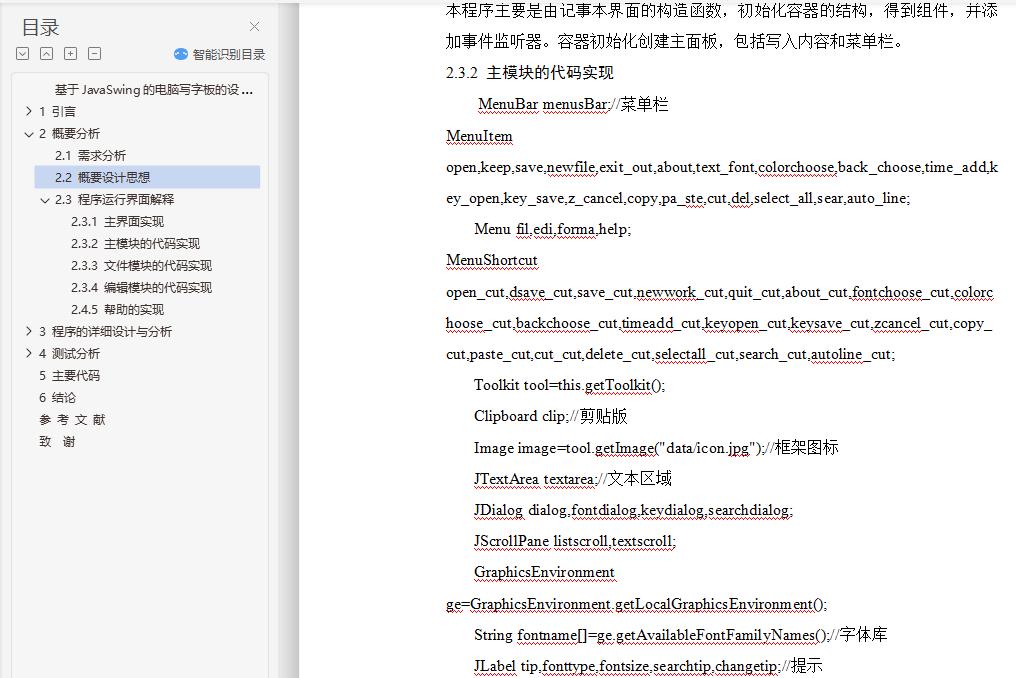基于JavaSwing的电脑写字板的设计与实现
摘要:目前,很多新的技术领域都涉及到了Java语言,Java语言是面向对象编程,并且涉及到网络、多线程等重要的基础知识,因此Java语言也是学习面向对象编程和网络编程的首选语言。此简易JAVA写字板程序,使用Java程序编写,能够进行输入文字操作,并具有新建文件,打开文件,保存文件,退出,复制,粘贴,剪切,全选,撤销等多种基本功能。该程序主要用到了Java swing和事件监听等。
关键词: 模拟写字板;java语言;Java swing
Design and Implementation of Java - Based Analog WordPad
Abstract:ERP (Enterprise Resources Planning, Enterprise resource Planning) system is the Enterprise management software, based on information technology, with systematic management thinking, policy makers and staff for the Enterprise to provide decision operation means management platform. It is from MRP (material requirements planning) development of a new generation of integrated management information system, it expanded the function of MRP, its core idea is to supply chain management. It can be all of the resources of the enterprise to conduct a comprehensive management, integrated optimization of enterprise all the resources, realizing accurate production, accelerate the capital turnover, reduce inventory, reduce cost, improve labor productivity, improve customer satisfaction, enhance the core competitiveness of enterprises.
Keywords: Analog tablets; The Java language: Java swing
目 录
摘要..................................................................................I
Abstract.................................................................................II
目录.................................................................................III
1 引言 .................................................................................1
1.1 选题依据 ................................................................................. 1
1.2 国内外发展现状................................................................................. 2
1.2 写字板信息检索................................................................................. 2
1.2.2 写字板信息提取................................................................................. 3
1.2.3 写字板信息过滤 .................................................................................3
1.3 课题研究目标.................................................................................4
1.4 编程语言的选择及特点..................................................................5
1.5 Java语言的发展 ................................................................................. 7
1.6 写字板学相关理论知识 ................................................................................. 8
1.7 功能设计 ................................................................................. 9
1.8 快捷键的设置 ................................................................................. 9
1.9 写字板分类 .................................................................................10
2 概要分析 ..................................................................................12
2.1 需求分析................................................................................. 12
2.2 概要设计思想 ................................................................................. 12
2.3 自定义类说明 ................................................................................. 13
2.4 程序运行界面解释 ................................................................................. 13
2.4.1 主界面实现 ................................................................................. 13
2.4.2 主模块的代码实现 ................................................................................. 14
2.4.3 文件模块的代码实现 ................................................................................. 15
2.4.4 编辑模块的代码实现 ................................................................................. 16
2.4.5 格式、帮助的实现 ................................................................................. 17
2.5 程序模块说明 ................................................................................. 18
2.6 流程图 ................................................................................. 19
2.7 程序相关说明 ................................................................................. 20
2.8 开发工具介绍 ................................................................................. 21
3 程序详细设计与分析 ................................................................................. 23
3.1 构建菜单栏及其下拉菜单 .............................................................................. 23
3.2 文件的事件监听 ................................................................................. 23
3.3 编辑、格式的事件监听 ................................................................................. 26
3.4 异常处理 ................................................................................. 27
4 测试分析 ................................................................................. 28
4.1 文件模块的测试 ................................................................................. 28
4.1.1 打开模块的测试 ................................................................................. 28
4.1.2 保存模块的测试 ................................................................................. 30
4.2 编辑模块的测试 ................................................................................. 31
4.3 格式模块的测试 ................................................................................. 31
4.4 程序异常处理 ................................................................................. 33
5 主要代码 ................................................................................. 35
6 结论 ................................................................................. 40
参考文献................................................................................. 42
致谢 ................................................................................. 43
